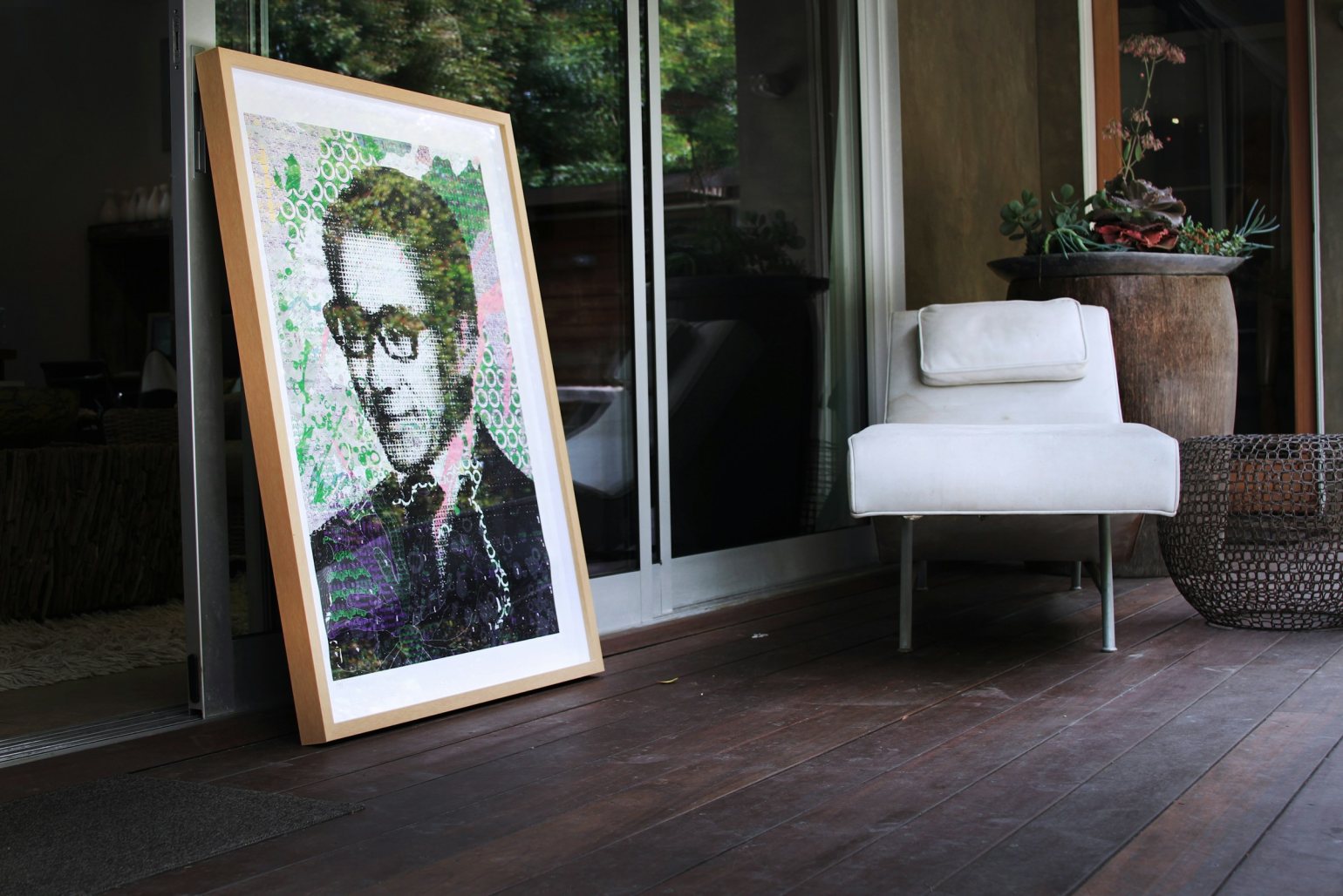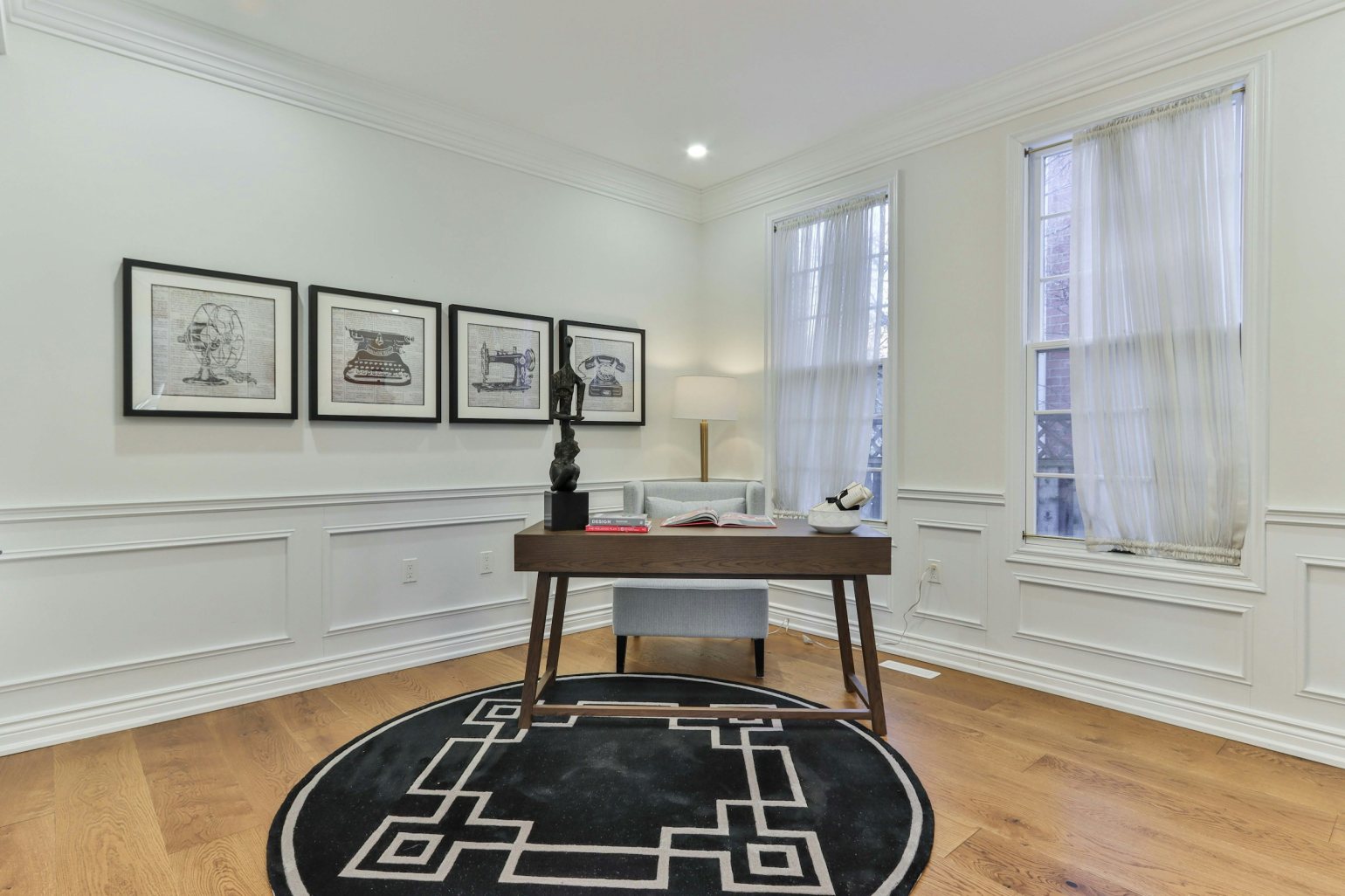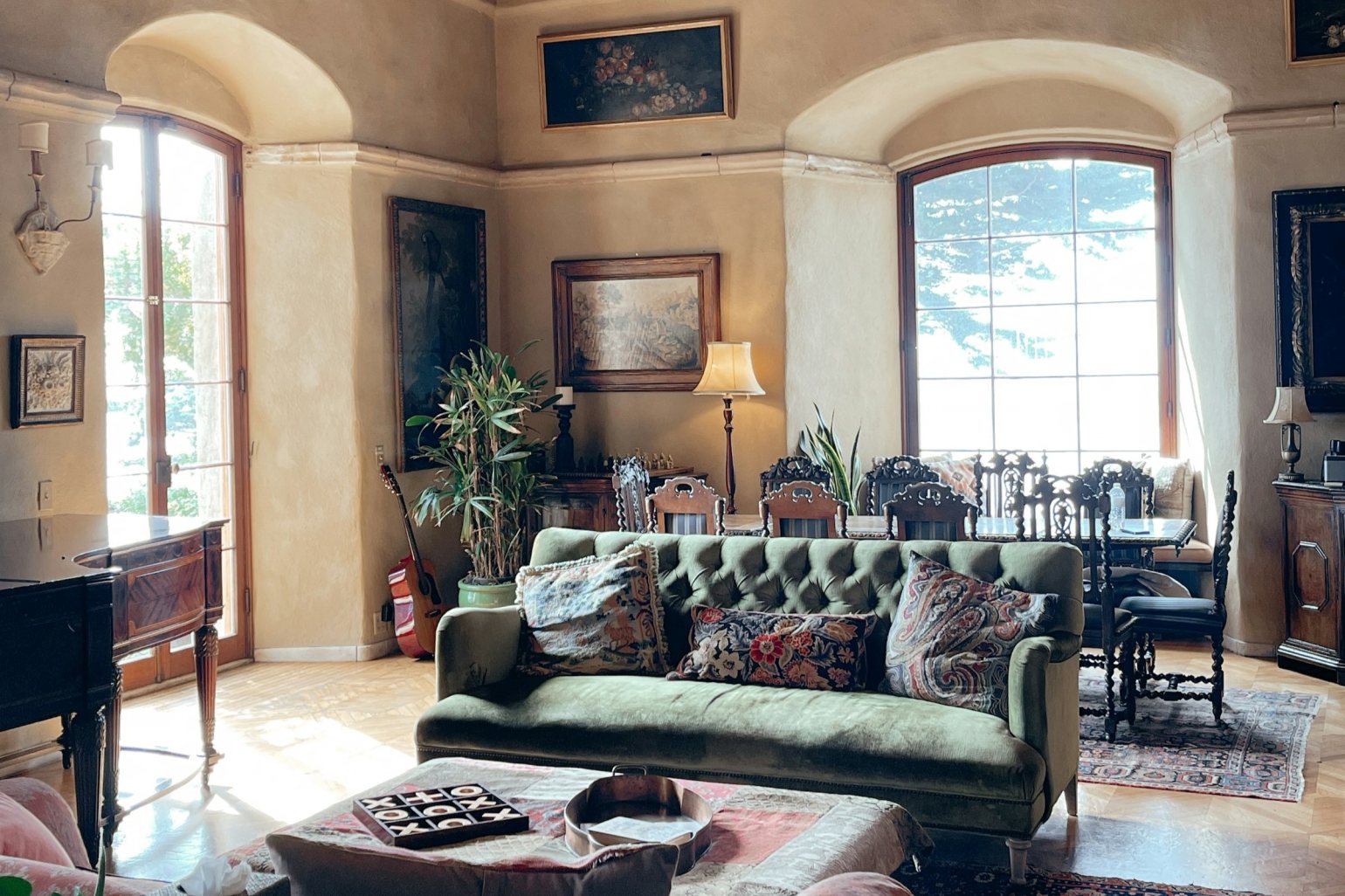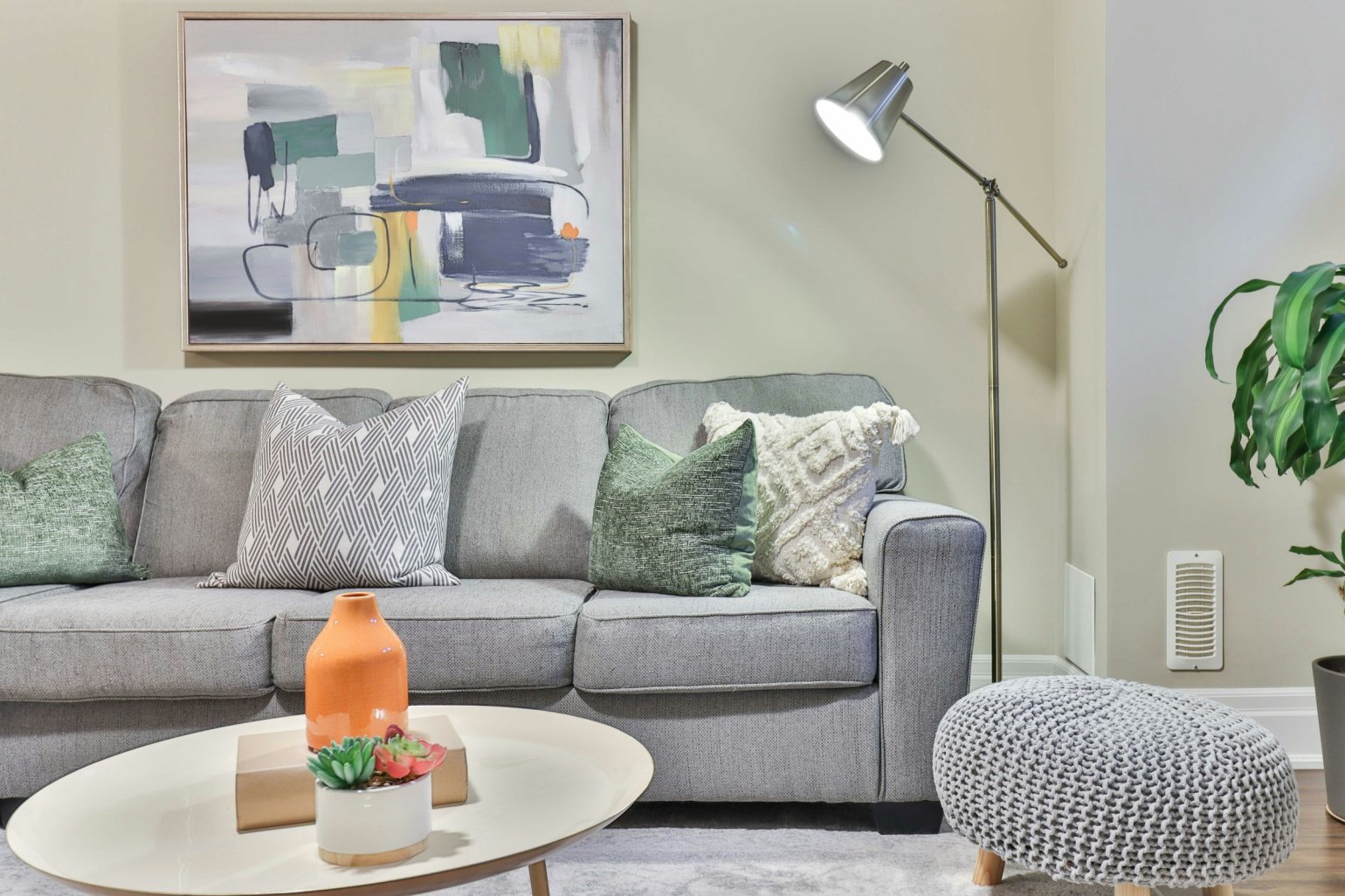The Art of Display: Tips for Hanging Private Art Collections
![]()
Summary
Displaying private art collections is becoming a refined practice among collectors, with increasing attention paid to layout, security, and professional-grade hanging systems. This article explores how thoughtful placement, museum-standard hardware like the Ryman and Link Hangers, and flexible display options can elevate a private collection to gallery standards. Drawing on examples from high-profile collectors and institutions, it offers practical guidance on curating impactful, secure, and adaptable displays in the home.“My motto was 'Buy a picture a day' and I lived up to it!”
- Peggy Guggenheim, American Art Collector
For a pursuit that often demands a deep-rooted appreciation for creative expression and the art world itself, private art collectors are increasingly applying that same level of care to how they display valuable works in their own homes.From layout and security to the use of museum-grade art hanging systems, there’s a growing interest in creating elegant, flexible, and safe installations that do justice to the artwork.
As an approach, it’s one that’s becoming more visible in high-profile collections. Back in March 2024, CNBC ran a news story featuring Grant Cardone, a real estate investor based in Miami, who had created a home gallery to house his extensive art collection.
The space included floor-to-ceiling windows, professional lighting, and a dedicated security presence. While his taste leans towards bold, contemporary works, the methods used to display them follow the same principles trusted by major institutions.
![]()
Elsewhere, collectors such as Christian Levett even open their homes to small tour groups, using museum-grade solutions to hang works by Elaine de Kooning, Helen Frankenthaler and Joan Mitchell in period interiors.
Indeed, private collecting has always played a role in shaping the cultural landscape. From Catherine the Great’s inexhaustibly large collection – which had a monumental impact on Russia’s artistic revival and led to the founding of The Hermitage Museum – to David Bowie’s eclectic assemblage of art, which featured works by Basquiat and Duchamp, Contemporary African art, self-taught artists from Vienna’s Gugging institution, and designs by Ettore Sottsass and the revolutionary Memphis group.
What might seem to be the preserve of established institutions, then, has long been part of how individuals shape and define the spaces they live in. Let’s take a look at some of the important considerations when building and displaying a private art collection.
![]()
Begin with layout and flow
A well-planned display layout helps a collection sit within a space. This, naturally, will start with understanding how a room is used and how people move through it; the line of sight on entry, the rhythm created by scale and spacing, and the way pieces relate to one another all shape the overall impact of the pieces on display.Thoughtful and considered placement also prevents the overcrowding of artwork; each piece should have enough space around it to be seen clearly, without competing for attention and wall real estate. When hanging multiple works, aligning them at a consistent centre height helps create visual balance.
Typically, in gallery settings, this is around 150 cm from the floor to the centre of the piece – a height that may need adjusting depending on ceiling height, furniture, or the format of the works.
![]()
Use professional-grade hanging systems
While some casual collectors might rely on temporary hardware to display their collections, adhesive strips and domestic picture hooks are rarely suitable for serious works. Frames can be damaged, pieces can tilt or shift over time, fixing points may fail altogether and security is compromised. Professional-grade hanging systems provide a far superior solution, combining structural integrity with a sleek, clean finish that allows the artwork to take centre stage without the distraction of visible fixings or vulnerability to theft or damage.The Ryman Hanger from Absolute is a widely used choice among galleries and collectors. The simple yet robust design allows the artwork to sit flush against the wall, with no visible fixings, and can support weights of up to 150 kg when installed suitably. Its slotted mounting holes also enable the user to make small adjustments after installation, making it easy to achieve precise alignment even on irregular walls.
For heavier or more deeply rebated frames, the Link Hanger provides extra support. Originally developed for Victorian artworks, it creates a strong, secure connection between the frame and the wall without compromising the appearance of the display. Importantly, both systems are made from either stainless steel or steel with an electroplated bronze finish and are designed to last. Most importantly, both options have built in security features to help prevent against opportunistic theft, which we'll discuss more below...
![]()
Prioritise security without affecting presentation
In a private home, security is often considered only after a collection is already on display. But securing a work doesn’t need to involve visible fixings or intrusive barriers. There are options that protect both the art and the space around it.The High Security Ryman Hanger includes a discreet locking mechanism that can only be removed with a specialised tool. As a hanging system that offers unparalleled stability, is designed to prevent tampering, and avoids the need for additional visual hardware, it’s little wonder it’s a solution used in some of the most distinguished museums and art galleries across the world – yet is perfectly functional and appropriate for a residential space.
For homes with children or pets, the added stability of a secure hanger also reduces the risk of accidental knocks or slips. Pieces remain level, anchored, and undisturbed – even in busy spaces.
Build flexibility into your display
Private collections often grow and change over time. While artworks are added, relocated, or rotated in and out of storage, fixed mounting solutions can limit the ability to respond to new additions or changing layouts. Flexible art hanging systems help collectors adapt as their needs evolve.Absolute’s Track Hanging Systems provide an ideal alternative to direct-to-wall installation. Once fitted, they allow for artworks to be repositioned or replaced without the need for additional drilling. The result is a clean, adaptable display that can develop naturally alongside the collection, able to support artworks of up to 150kg per work, when installed to our recommendations. The Ryman Hanger can also be integrated with track components, combining security with flexibility.
![]()
Learn from gallery environments
Some of the most thoughtful private displays take their cues from cultural institutions. The Wallace Collection in London, while a public museum, offers a compelling example of domestic-scale display executed with curatorial sensibility.A collection installed in a historic, opulent townhouse, its rooms demonstrate how diverse works – from medieval and Renaissance paintings to masterworks of French 18th-century portraiture – can coexist within a cohesive visual environment. Every artwork is positioned with care, and the balance of spacing, lighting and framing ensures nothing feels out of place.
Private collectors can take a similar approach in their own homes; thinking like a curator, using high-quality systems and planning for longevity, it becomes possible to present a personal collection with the same integrity and impact as a gallery display.
How can we help?
For serious art collectors, the methods of private display are rarely an afterthought. The way pieces are hung and secured are crucial components for ensuring a space adopts a gallery-like feel for a collector. From a single framed oil painting to an entire dedicated room full of precious artworks, the right tools and choices make the difference between a picture wall and a high-impact, professional art display.Absolute Museum & Gallery Products offers a range of solutions designed for professional and private use. If you are planning or updating a collection, our team can provide expert advice – with your space and needs in mind. To find out more view our digital brochure, or please do get in touch.
Get in Touch
Recommended Installers
If you are looking for an installer or advisor to assist you with the planning and installation of your collection, we can recommend a number of excellent professionals that we have worked with over our 30+ years. Here is a selection:
- Blue Apron Transport Ltd
- Art Install
- JPW Picture Hanging Services - Email / Phone
- 01 Art Services
- Perspective: Art in Architecture
- Blue Apron Transport Ltd
-
Posted by Jade Turner
4th June 2025






